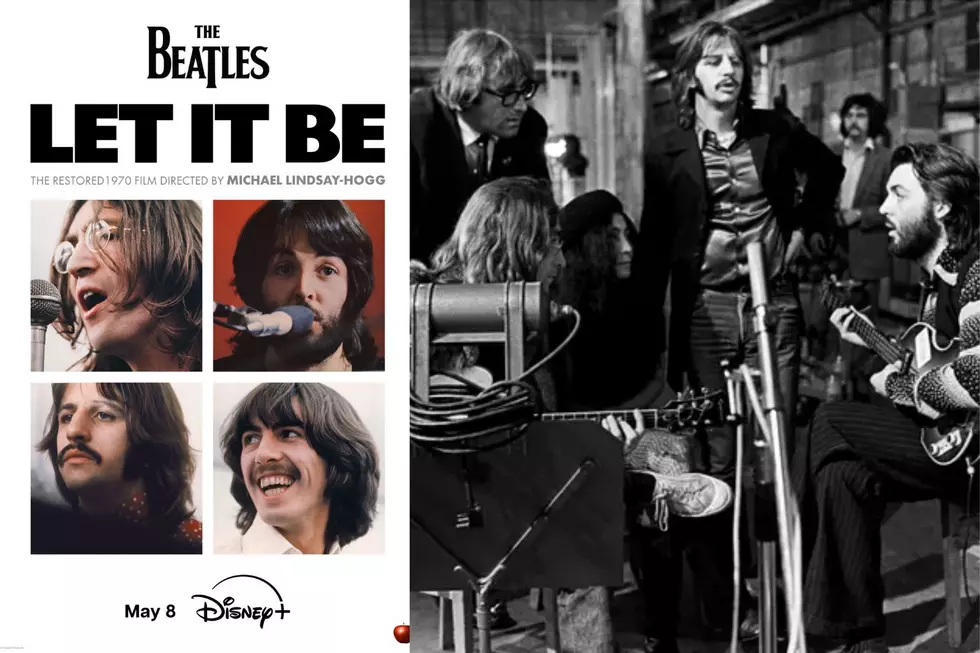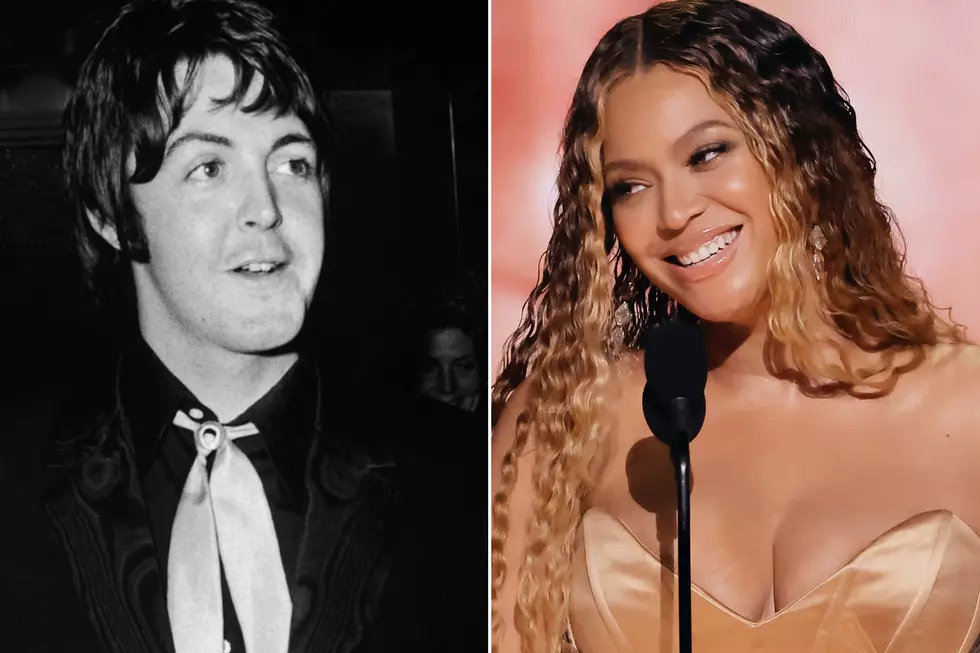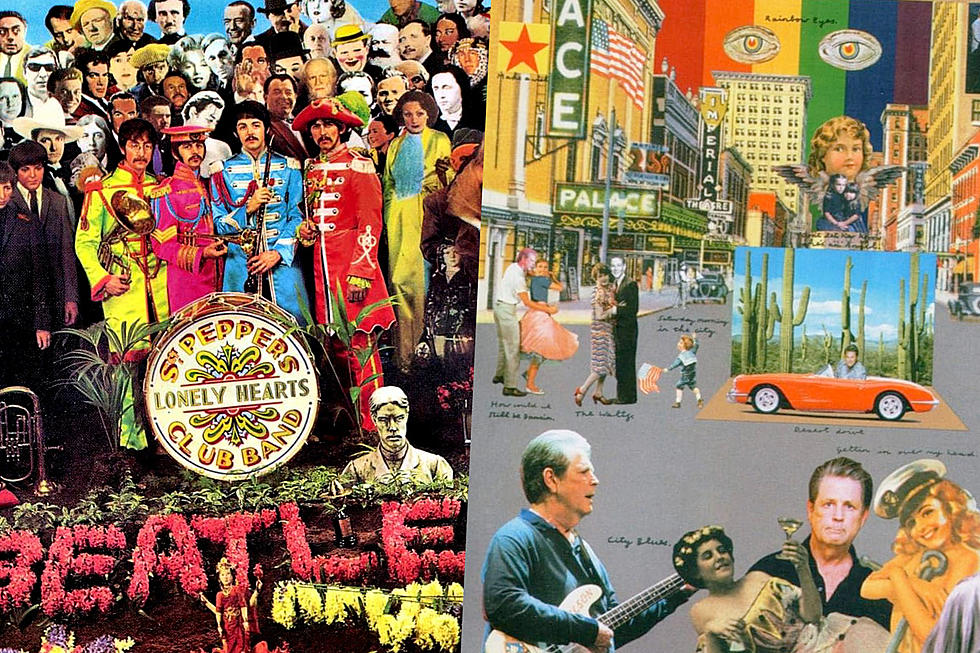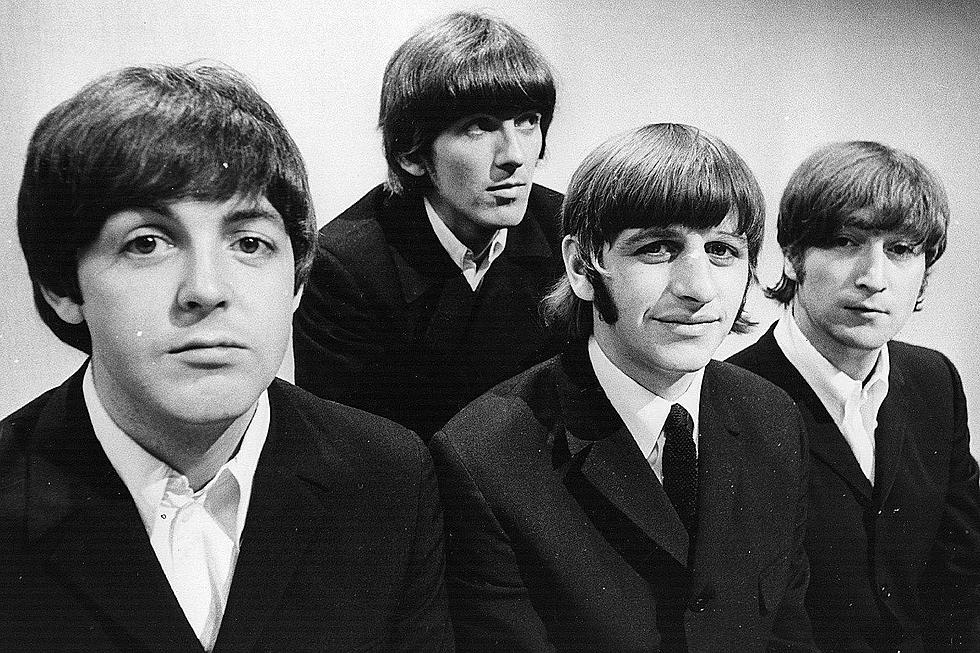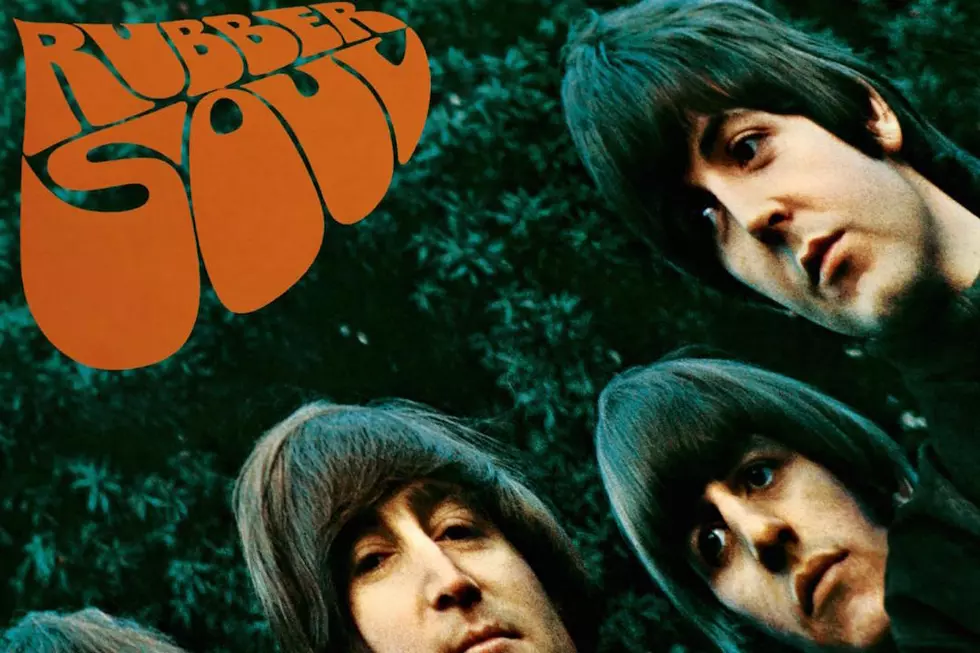
How the Beatles Grew Up on ‘Rubber Soul’
Beatlemania effectively ended on Dec. 3, 1965. While the Beatles continued to be incredibly popular, the release of Rubber Soul was a sign that the adorable moptops the world had come to love over the past couple of years were gone and replaced by four grown men.
“By the time of Rubber Soul, they were ready for new musical directions," producer George Martin said in Anthology. "In the early days, they were very influenced by American rhythm and blues … and then, as time went on, other influences became apparent: classical influences and modern music. That was from 1965 and beyond.”
The exuberance found on the Beatles' first three albums had been gradually disappearing. Beatles for Sale suggested the whirlwind pace of the previous two years was getting the best of them, and Help! showed the influence of Bob Dylan. The group's willingness to experiment with musical ideas outside of rock 'n’ roll, which began with “Yesterday,” continued with a song recorded at the album's first session.
“I went and bought a sitar from a little shop at the top of Oxford Street called Indiacraft,” George Harrison recalled. “It was a real crummy-quality one, actually, but I bought it and mucked about with it a bit. Anyway, we were at the point where we’d recorded the ‘Norwegian Wood’ backing track and it needed something. … I picked the sitar up — it was just lying around. I hadn’t really figured out what to do with it. It was quite spontaneous. I found the notes that played the lick. It fitted and it worked.”
“We were all open to anything,” Ringo Starr continued. “You could walk in with an elephant, as long as it was going to make a musical note. Anything was viable. Our whole attitude was changing. We’d grown up a little, I think.”
This was also reflected in the lyrics. Gone were the expressions of puppy love found in their earlier work, replaced by more adult ideas, particularly in John Lennon’s songs. “Norwegian Wood (This Bird Has Flown)” was his admission that he’d had an affair, “Nowhere Man” continued the introspection of Help! and the last verse of “Girl” was a comment on Christianity.
Listen to the Beatles Perform 'Norwegian Wood'
But the biggest leap of all took place in a song that ranks among Lennon’s best. “‘In My Life’ was, I think, my first real, major piece of work,” Lennon said. “Up until then, it had all been glib and throwaway. … It was the first song that I wrote that was really, consciously, about my life. … It started out as a bus journey from my house on 251 Menlove Avenue to town. I had a complete set of lyrics, naming every site. It became ‘In My Life,’ a remembrance of friends and lovers of the past.”
After setting it to the music, Lennon felt "In My Life" needed something beyond the group’s musical limitations. So, he asked Martin to play a Baroque-style piano solo. The part Martin wrote was a bit too complex for his own skill, however, and the solution was to slow down the tape and play the solo at half-speed. The Beatles were so intrigued by the harpsichord-like sound the piano took on that they began experimenting with tape speeds regularly to change the texture of instruments and voices.
Lennon wasn’t the only Beatle who was changing. Paul McCartney was quickly expanding his musical horizons, too, adding jazzy chords to “Michelle” and fuzz bass to Harrison’s “Think for Yourself.” And despite its sweet melody, “I’m Looking Through You” includes the most deliciously nasty lyric he’s ever written.
The willingness to take chances even extended to the way they played around with Robert Freeman’s cover photo, which McCartney called “one of those little exciting random things that happen.”
As he explained, they were looking through the results of a photo shoot with Freeman. “He had a piece of cardboard that was the album-cover size and he was projecting the photographs exactly onto it so we could see how it would look as an album cover," McCartney recalled. "We had just chosen the photograph when the card that the picture was projected onto fell backwards a little, elongating the photograph. It was stretched and we went, ‘That’s it, Rubber So-o-oul, hey hey! Can you do it like that?”
And the title? Apparently it was derived from “plastic soul,” which McCartney had heard was a term blues musicians had coined to refer to Mick Jagger.
Beatles Albums Ranked
You Think You Know the Beatles?
More From Ultimate Classic Rock
